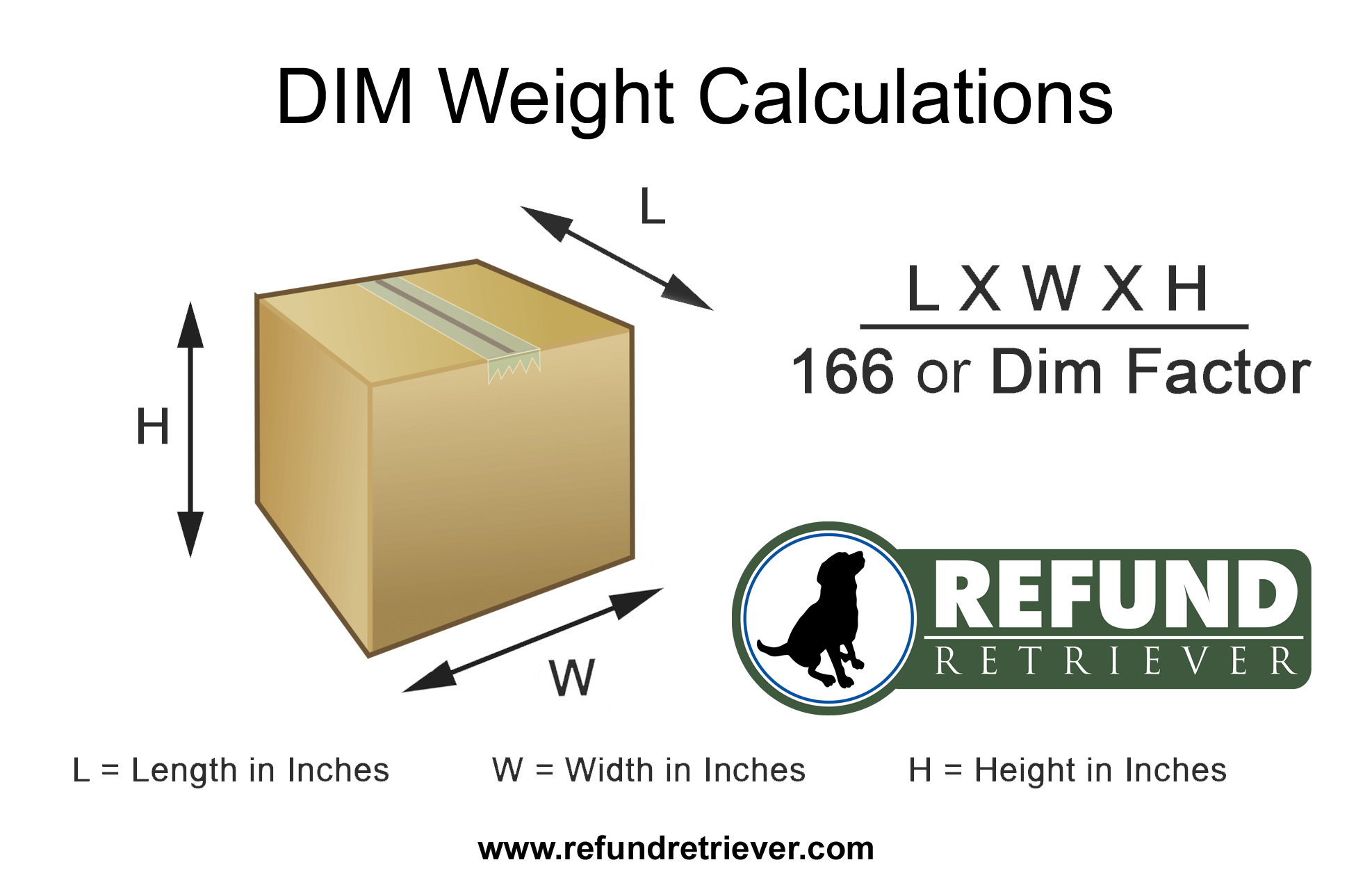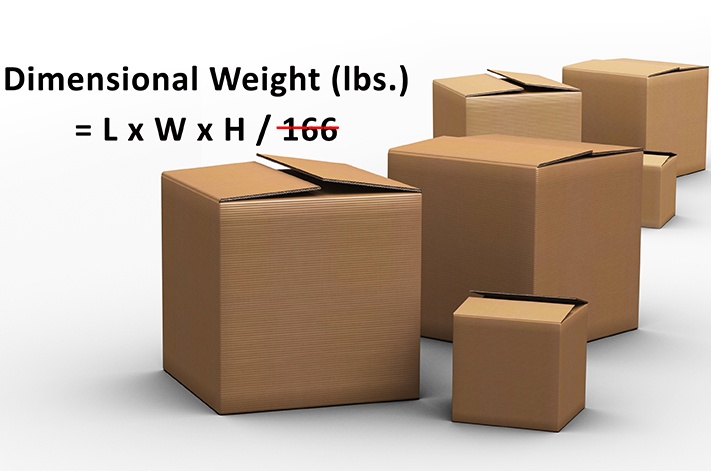

There are different rules for each carrier. The dimensional weight (DIM weight) is the weight of a packages as determined from its measurements, rather than it's physical weight. Fix we fixed the shipping cost calculation algorithm for bundle products on the multiple address checkout Calculate the dimensional weight based on the size of a package to see how much postage will be.Improvement we improved validation of positive numeric values for the set of fields on the Amasty Shipping Table Rates configuration pages.Improvement we enhanced the option of volumetric/effective weight applicability - now you can strictly set up which type of weight should be used for shipping price calculation for specific shipping methods and products.Also, the values in the Rate Method selector now contain rate_id to make their names more clear The resulting dimensional weight would be 10.4 pounds, which would then be rounded up to 11 and compared to the actual weight of 2 pounds. Divide the package volume in cubic inches (cu in, in³) by 139 to determine the volumetric weight in pounds ( lb ). Improvement we adopted the extension to be applicable with native Magento Import Shipping Rate functionality so that the user can perform Replace/Delete/Add actions with ease. To do this, you would take the packaged basketball’s measurements of 12 in x 12 in x 12 in, multiply them together to get 1728 cubic inches and then divide that number by the dim factor of 166. The typical dimensional weight conversions specified by courier companies are as follows: Divide the package volume in cubic centimetres (cu cm, cm³) by 5000 to determine volumetric weight in kilogrammes ( kg ).


Imagine the large box for shipping a light titanium bike frame in a single piece.įedEx, UPS, and USPS will always use the larger value between DIM Weight or Actual Weight as the final Billed Weight. Dimensional Weight Formula Dimensional weight is calculated as length x width x height divided by a DIM factor. Large or lightweight packages are more likely to use DIM weight because of their high volume. Generally, packages that are relatively heavy and small use actual weight more often. /rebates/2fdimensional-weight-shipping-calculator2f&252fdimensional-weight-shipping-calculator252f26tc3dbing-&idshippingeasy&nameShippingEasy&ra119. If this is more than the actual weight, the shipping weight is still 200 kg. Using this formula, a crate measuring 100 cm by 100 cm by 100 cm has a dimensional weight of 200 kg. If a package with the same dimensions had an actual weight of 10 pounds, the shipping charge would be based on the actual weight of 10 pounds. For example, the formula FedEx uses is height times width times length measured in centimeters and divided by 5,000 to find the dimensional weight in kilograms. A package with a dimensional weight of 8 pounds and an actual weight of 5 pounds would ship as an 8-pound parcel. The greater of the two is the billable rate. DETERMINE BILLABLE WEIGHT: Compare actual weight to DIM weight. Divide by the divisor factor: Daily Rates 139. The cost to ship your package is based on whichever is greater between the DIM weight and actual weight. DETERMINE DIM WEIGHT: Measure width, height and length in inches, round to the nearest whole number (up or down) and multiply. This math will provide you with a DIM weight. So in that same example, FedEx would bill you at 11 pounds versus 9 pounds. 12 x 12 x 12 divided by 166 comes out to 11 pounds. Now let's say you were to negotiate an improved DIM divisor of 166. FedEx, UPS, and USPS dimensional weight formulas all follow the same basic guidelines: Determine the package’s dimensions, multiple them to get the volume, and divide the volume by the carrier’s DIM Factor. Volumetric weight, also known as Dimensional weight, is used by postal companies and other freight industries and courier. FedEx is going to bill you at 13 pounds because 13 pounds is greater than the actual weight of 9 pounds.


 0 kommentar(er)
0 kommentar(er)
